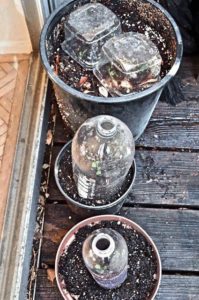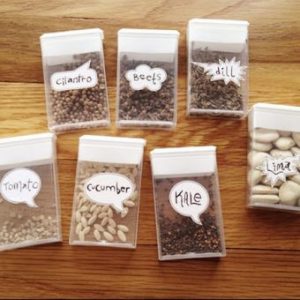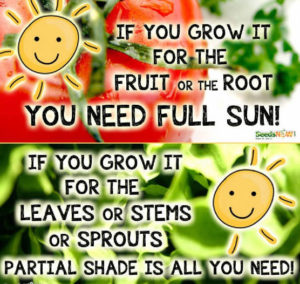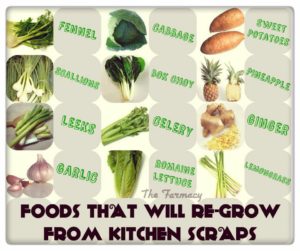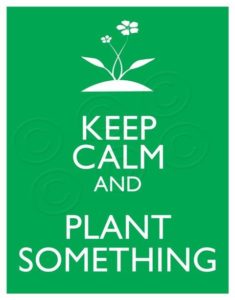MyGardenAnswers is the #1 downloaded gardening app because it helps gardeners solve dilemmas. Don’t know what a plant is? Point and click with this app, and now you do. Need help with a pest? Get expert advice. Like “Shazam” for plants! Available for IOS and Android.
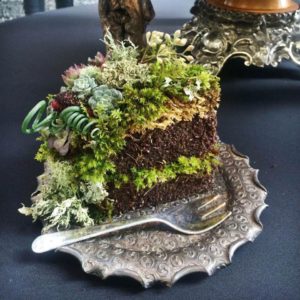 Mistakes with Succulents
1. Placing Them In A Poorly Lit Area
Mistakes with Succulents
1. Placing Them In A Poorly Lit Area2. Not Watering Them Enough
3. Using A Standard Potting Soil – Succulents are designed to withstand one of the most extreme environments on planet earth. Change its soil to a desert-dweller mix, combining half potting soil with something inorganic like perlite or chicken grit.
4. Crowding Too Many In One Container
5. Growing Unrealistic Varieties
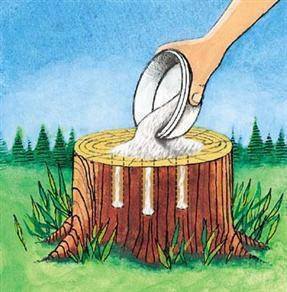
Tree Stump Removal – Get rid of tree stumps by drilling holes in the stump and filling them with 100% Epsom salt. Follow with water, and wait. Live stumps may take as long as a month to decay, and start to decompose all by themselves.
How to Use Wood-ash in the Garden
Ashes are an excellent source of potassium, but not as good a source of phosphorus. Wood ash contains calcium carbonate, potash, phosphate, iron, magnesium, zinc and copper, depending on the type of wood burnt and the degree of combustion.
Calcium carbonate in wood ash is extremely alkaline (a high pH), so ashes can be used as a highly effective liming agent to raise pH levels in acidic soils. Its effectiveness lies in its solubility in water. It can spread through soil instantaneously, having an immediate effect on the soils pH levels.
It is important to keep ashes dry. Potassium is easily washed out of the ash, rendering it useless unless it is in position, neatly arranged around the plant.
Soil can become too alkaline, which causes plants difficulty in absorbing certain nutrients. Use wood ash sparingly and never when seedlings are to be sown.
Plants that like wood ashes:
Asparagus
Juniper
California lilacs
Forsythia
Mock Oranges
Spirea
Hellebores
Clematis
Dianthus
Asian Persimmon
Lavender
Parsley
Okra
Wood ash is sprinkled onto the compost heap to raise the alkalinity, which the brandlings (red worms essential to any compost heap) need in order to thrive,
Spot a potash deficiency by yellowed and browning edges to leaves, as though they have been scorched, and the fruiting will suffer directly from this.
Comfrey is a good accumulator of potassium. It’s roots gather whatever is available from the soil and transfers it to the leaves. Harvest the leaves of a few comfrey plants and mulch around fruit and rose bushes.
Keep wood ashes away from acid loving plants such as;
The majority of annual garden veggies
Blueberries
Rhododendrons
Potatoes
Most plants like a slightly acidic soil.
Acidic soils with a pH less than 5.5 will likely be improved by wood ashes.
Other things you can do with wood ash:
Odor control
Shine silver
Melt Snow
De-skunk a dog
Control pond algae
Repel slugs and snails
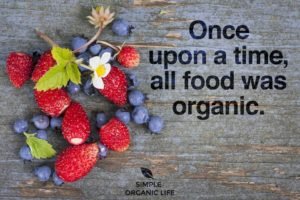
Magnesium Boost for Plants Add 1 tsp epsom salt in 4 c warm water….spray on plant and then again 10 days later.Produces more fruit due to the boost of magnesium… especially for tomatoes, peppers and roses. Epsom Salts as a Fertilizer: For Lawns: Apply 1/2 pound per thousand square feet of lawn.Garden Plants and Shrubbery: Sprinkle 2 talbespoons around the base of each plant. As a Plant Food Supplement:Tomatoes and roses -1 teaspoon per foot of height every 2 weeks.Evergreens, azaleas, rhododendrons – 1 tablespoon per 9 sq. feet over the root zone every 4 months.Trees – 2 tablespoons per 9 sq. feet over root zone every 4 months Garden start-up – sprinkle1 cup per 100 sq. feet ( 10×10) and mix into the soil prior to planting.Houseplants – 1 teaspoon per gallon of water every 2 weeks. For best results water after applying.
CRUSHED EGGSHELLS add calcium to the compost pile. They deter slugs, snails, and cutworms. Tomatoes, peppers, and eggplants love the calcium in eggshells. Blossom end rot can be caused by a calcium deficiency although it is usually caused by improper watering. Wash the inside of eggshells and let them dry. I put them in a plastic bag, crush them with my hand or hammer, and sprinkle in the garden.
What is pH? On a scale of 0 to 14, pH is the measurement of the acidity of something—in this case, your soil. In a nutshell, the pH is the comparative measure of hydrogen and hydroxide ions present. At neutral pH 7, there are equal numbers of hydrogen and hydroxide ions. A soil pH measurement below 7 is acidic and contains more hydrogen ions. Soil pH above 7 is alkaline and contains more negatively charged hydroxide ions. The soil pH is an important number to know because it determines the availability of almost all essential plant nutrients. If the soil pH is not on track, plants will not have access to nutrients for growth and won’t perform at their best. Nutrients can get trapped in the soil and will not be released for plant use.
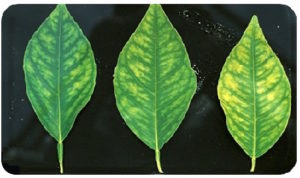
2 whole heads garlic, cloves separated and peeled
3 c. mint leaves and stems
2 tsp. dry cayenne pepper
2 small squirts of eco-friendly dishwashing liquid
Pulse garlic and mint in a food processor for several seconds. Transfer the garlic-mint mix to a pot of 12 cups water and add the cayenne. Bring to a boil, remove from heat, and let sit overnight. Strain into spray bottle or garden sprayer and add the two small squirts of dish soap, then shake to mix in.
Shake well before each use. On a cloudy day or in the early morning or late evening ( to not burn the plants) spray all the leaves on affected plants top and bottom. Wait a few days to see the affect and then apply more if needed. You may only need one application.
After spraying your plants just once you should start to notice the difference in your garden’s health. After about 4 weeks and 2 more applications of the spray (if needed) the plant will be looking good as new! This spray is safe for the entire garden.

RECIPE FOR SEED BOMBS
A GREAT GIFT FOR A GARDENER
4 parts natural clay
1 part seed starting mix or compost
1 part seeds
Paper for wrapping, string, and labels
Combine compost and seeds and knead until mixed and well distributed. Pinch off sections, roll into balls, place on a tray and let to dry. Place 5-6 in a bag and tie with string and label. Toss in a sunny spot before a rainy season. Sowing annual seeds in fall gives them a spring head start. Seed bombs protect the seeds through winter and increase chance of germination.
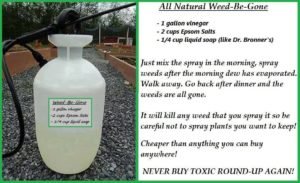
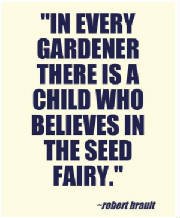


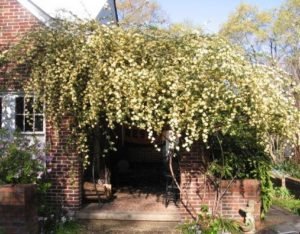
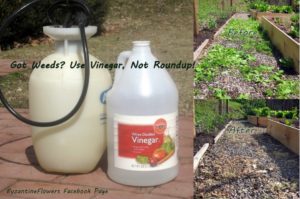

1. Bamboo
2. Chameleon plant (Houttuynia cordata)
3. Gooseneck loosestrife (Lysimachia clethroides)
4. Soapwort or “bouncing bet”
5. Japanese honeysuckle (Lonicera japonica)
6. Snow on the mountain
7. Balsam
8. Moon flower
9. Creeping jenny
10. Goldflame spirea
11. St. John’s wort
12. Lemon balm
13. Vinca, or periwinkle vine
14. Trumpet vine
15. Scotch broom
16. Wild violet
17. Virginia creeper
18. English ivy
19. Milkweed
20. Elephant ear
You can also add poison ivy, vetch, clover, chickweed, rabbit tobacco, dandelion, plaintain, and also the popcorn tree, tree of heaven, mimosa, crepe myrtle and wisteria.
Potter’s clay powder, from any craft shop
Peat-free compost
Water
A bowl
A baking tray
Mix the seed, clay, and compost together in a bowl to a ratio of three handfuls of clay, five handfuls of compost and one handful of seed. Then carefully add water slowly and gradually (you don’t want it too gloopy), mixing it all together until you get a consistency that you can form into truffle-sized balls. Lay them out to bake dry on a sunny windowsill for at least three hours.

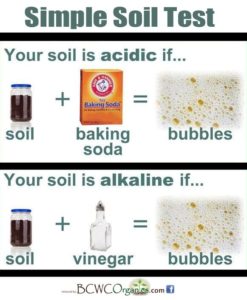
 HEIRLOOM SEED VAULT A wonder selection of heirloom seeds! My seed vault arrived in a coffee type can. completely sealed like a can of soup. The vault comes with a plastic lid as well for resealing once you have opened the vault for the first time. Inside there were 20 or so little opaque mylar bags that were labeled with the seed name, net weight, amount of seeds contained, germination percent, as well as instructions for planting, transplanting, and other suggested care. The mylar bags are resealable like ziplock bags so you can use a few and save the rest. My vault also came with a 6 page guide for saving seeds. This has proven to be invaluable for me! There is a section specifically for each type of seed included with your vault. all the veggies were wonderful and tasted soooo much better than store bought veggies… Thanks Dave for my nice gift.
HEIRLOOM SEED VAULT A wonder selection of heirloom seeds! My seed vault arrived in a coffee type can. completely sealed like a can of soup. The vault comes with a plastic lid as well for resealing once you have opened the vault for the first time. Inside there were 20 or so little opaque mylar bags that were labeled with the seed name, net weight, amount of seeds contained, germination percent, as well as instructions for planting, transplanting, and other suggested care. The mylar bags are resealable like ziplock bags so you can use a few and save the rest. My vault also came with a 6 page guide for saving seeds. This has proven to be invaluable for me! There is a section specifically for each type of seed included with your vault. all the veggies were wonderful and tasted soooo much better than store bought veggies… Thanks Dave for my nice gift.
CLICK HERE FOR HEIRLOOM SEED VAULT
CLICK HERE FOR LINK TO – Seeds of Death: Unveiling the Lies of GMOS

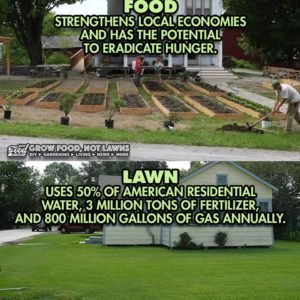

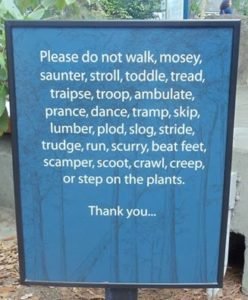


This is a quick and easy way to build a raised bed. If you want you could paint the outside and don’t forget to make the drainage holes! Would make a great child’s first garden! They would be so excited to have this!

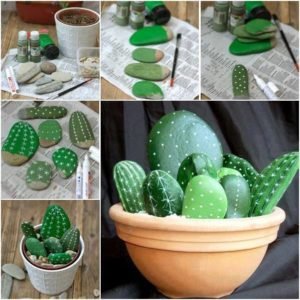
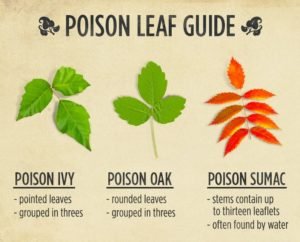
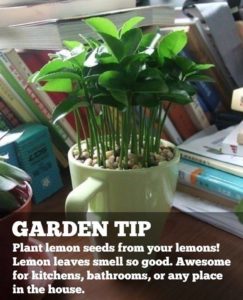
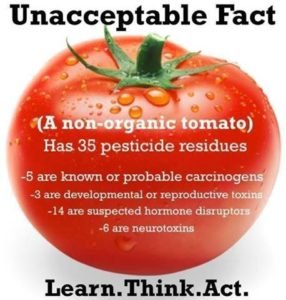
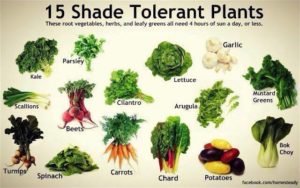


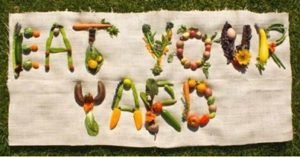
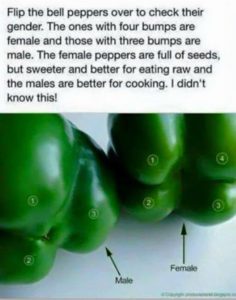
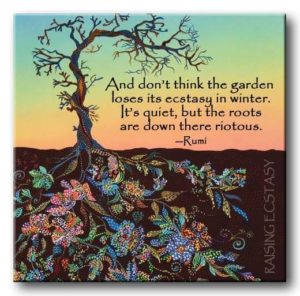
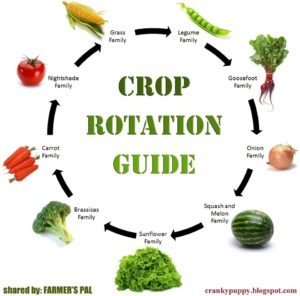
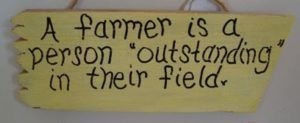

 \
\

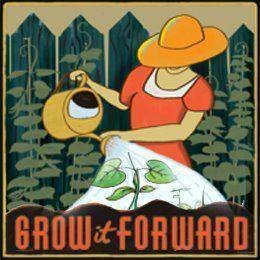
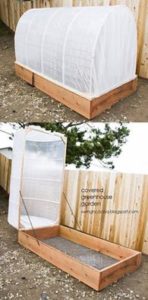
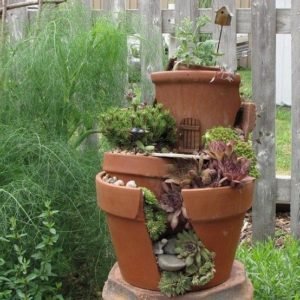
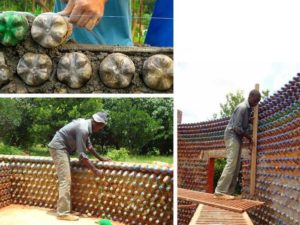
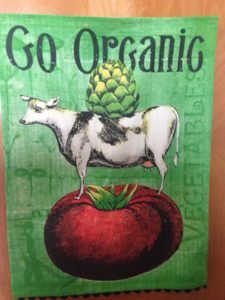
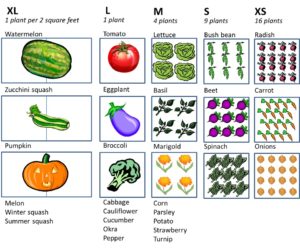



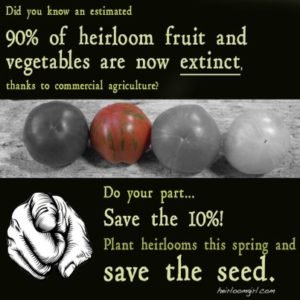

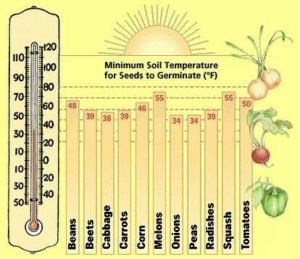
Good Garden Companions
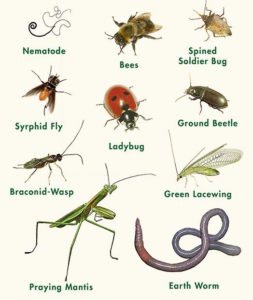
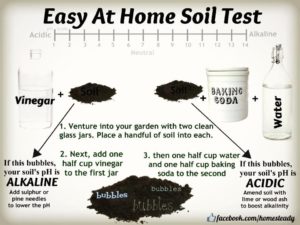
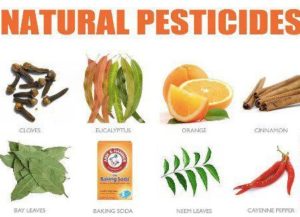


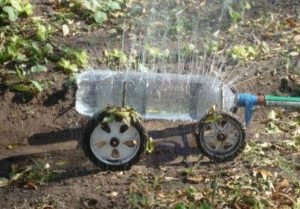
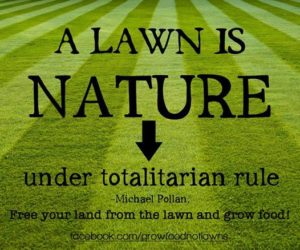

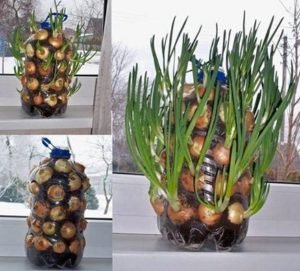
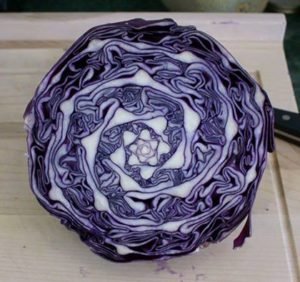


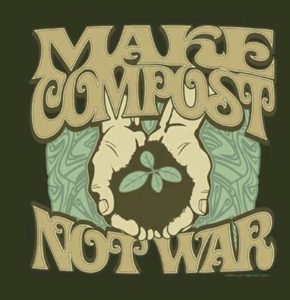
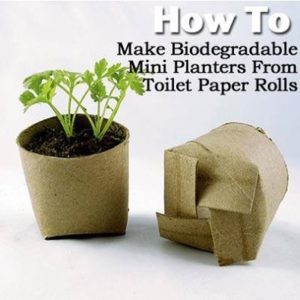




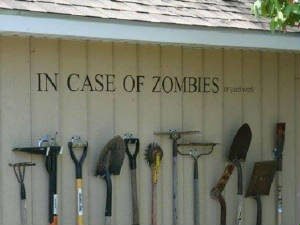
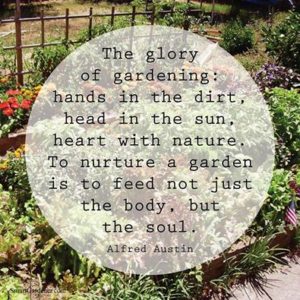
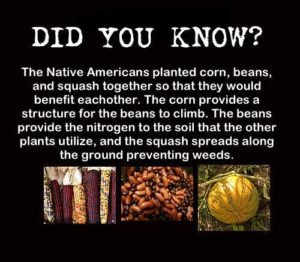
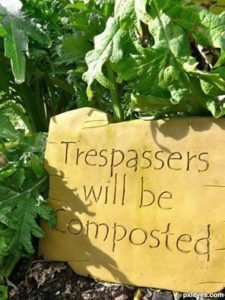



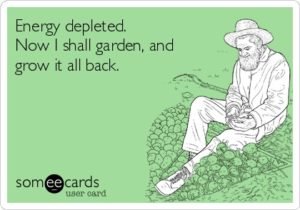


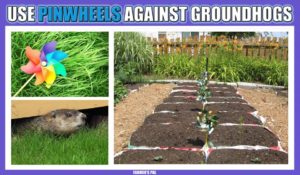
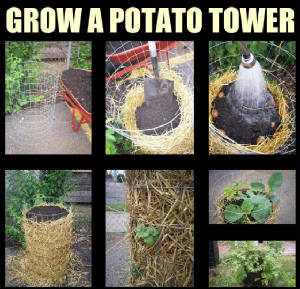
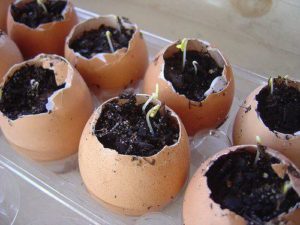

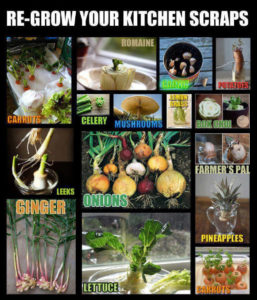
Oranges and Monarchs
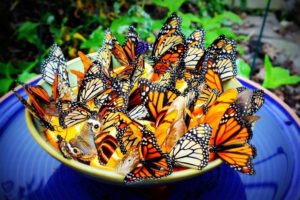
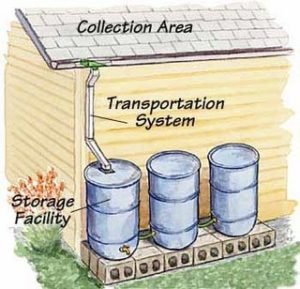
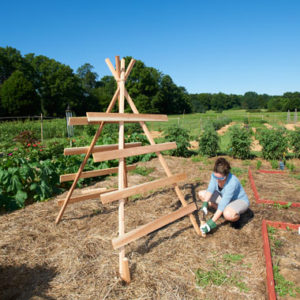



Tiered Garden for limited space.
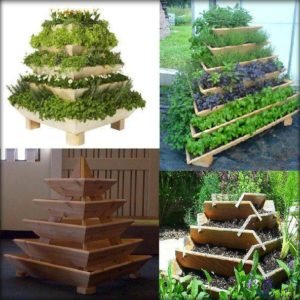

Little greenhouses
